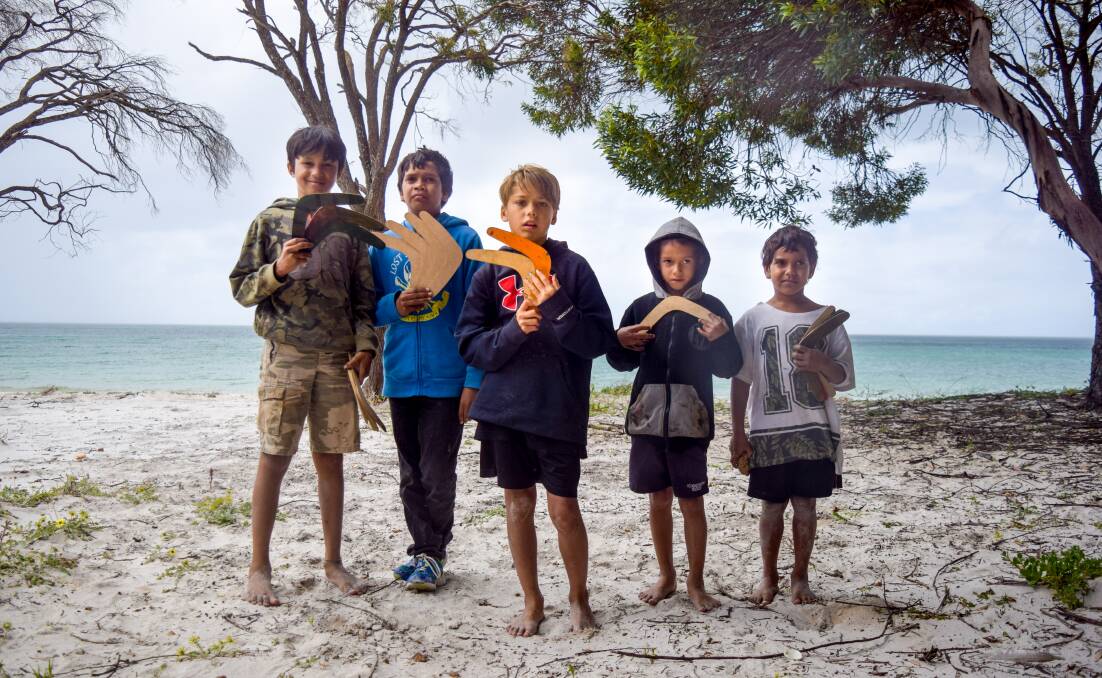I can’t say I’m a fan of how years seem to draw to an end before they have even begun, and it only gets worse year after year.
Now is the season for looking back – fondly one would hope although that certainly seems difficult this year – over the past 12 months and I thought the best way to do that would be through the lens by looking at some of our favourite pictures from the year.
2016 was a big year for the Mail papers in the South West and again and again and again we took our readers to places and showed them things they would not otherwise have seen.
From election-night jubilation to the electric atmosphere of the clubhouse after a big win, from the top of the mast of the sailing ship Duyfken to the apprehension of bad guys on our streets and the community protest at the gates of the mine, we took our readers to places no one else did.
Looking back over the work of the year I’m struck by one thing: we talk about the South West but that is really just a convenient label. There is no South West: the variety and idiosyncrasies and dynamism and diversity of the region constantly reinforce the notion that there is no one-size-fits-all approach to understanding it.
There is always a surprise waiting for you on even the most familiar road. An open mind (and, this time of year, fly spray) is all you need to be amazed.
This diversity and wonder is something we will explore even more in 2017, and we look forward to you joining us.
I knew it was a bit of a silly idea from the start, with so much work to choose from, but I wondered if it would be possible for me to choose a picture of the year.
Could there be one image out of the many that stood out that I could honestly say was my photo of the year, and what could I say about it?
There were many pictures I turned to again and again throughout the year in my mind but – since I have given myself this task, I should choose – there was one picture that struck me as deeply emblematic and resonant.

The photo, by Emma Kirk of our Busselton office, appeared on the front page of the November 2 Busselton-Dunsborough Mail to illustrate a story called “A Final Farewell.”
“For generations Aboriginal people from around WA travelled to the Bardimia campsite to holiday at Locke Estate. This weekend saw the final gathering at the location,” the story began and it is impossible not to find oneself in a deeply pensive state of mind by the end of it.
The picture, of five boys who were mucking about on the beach, was a quick grab by Emma. She saw them approaching from the beach and got a quick shot as they came back in out of the drizzle.
There they are, these boys on their last visit to their camp, pictured between the land and the sea, that defining dynamic of the region, and the looks on their faces suggest such a range of thoughts and feelings that you can look at this picture for a long time.
I’ve written before that we are all part of the oldest unbroken culture on the planet by virtue of the fact that we live on Nala Boodja – Our Country. These boys represent the business end of that culture. They will grow up to be men in our communities, responsible for others, and responsible for the continuation of something very ancient, something in which we can and must all share and participate.
It is the last visit they will make to this campsite, which their families have been visiting for generations. But look what they hold in their hands: boomerangs.
And what do boomerangs do?
They return.
This land that sustains us can only be approached with a childlike wonder.
– Jeremy Hedley


